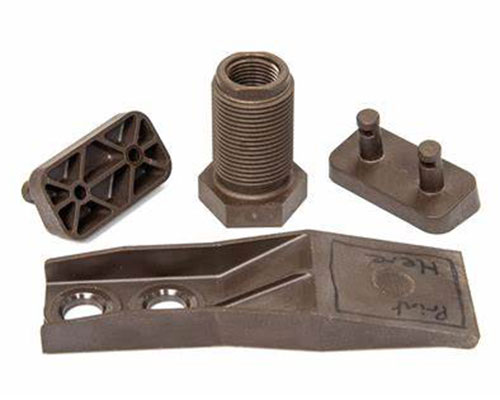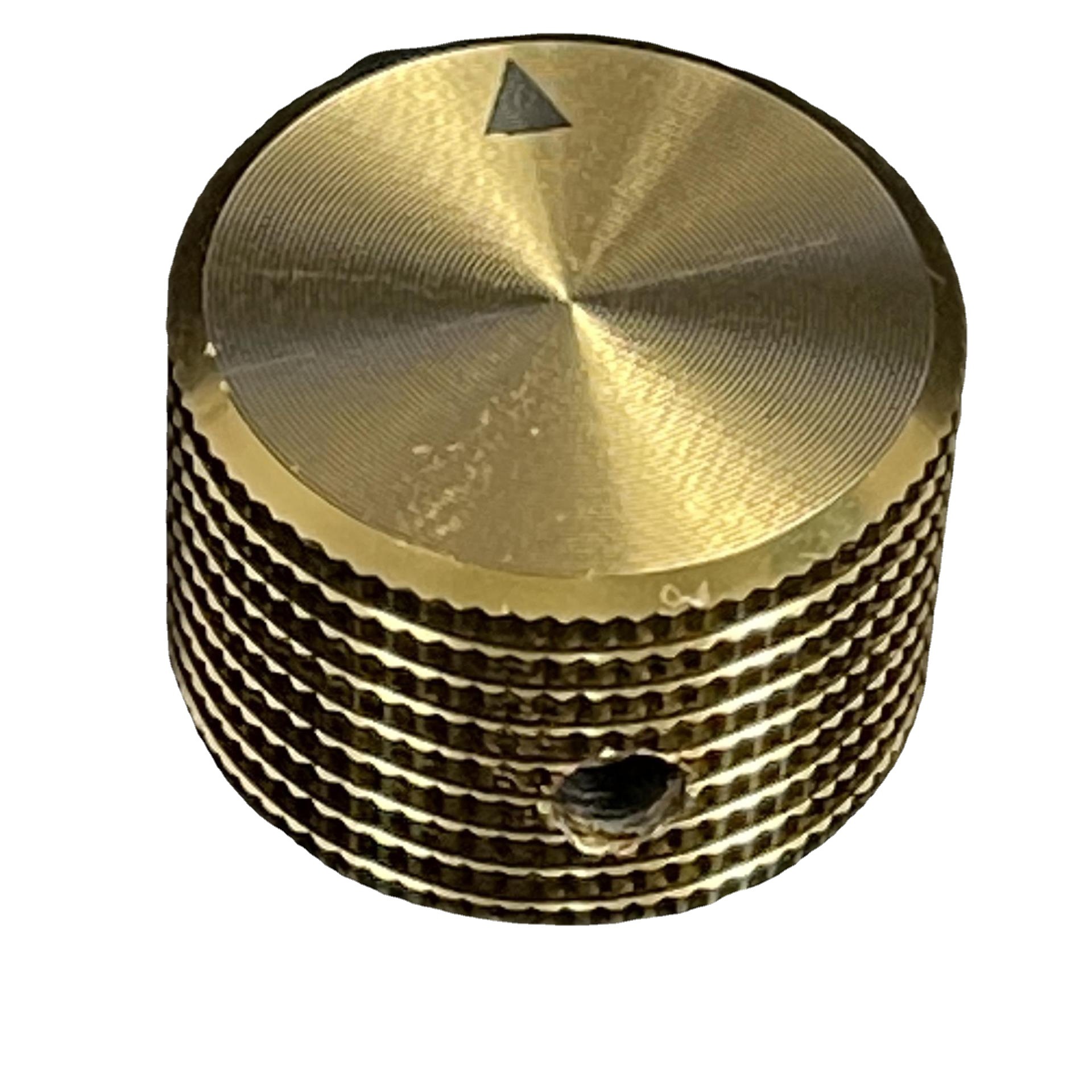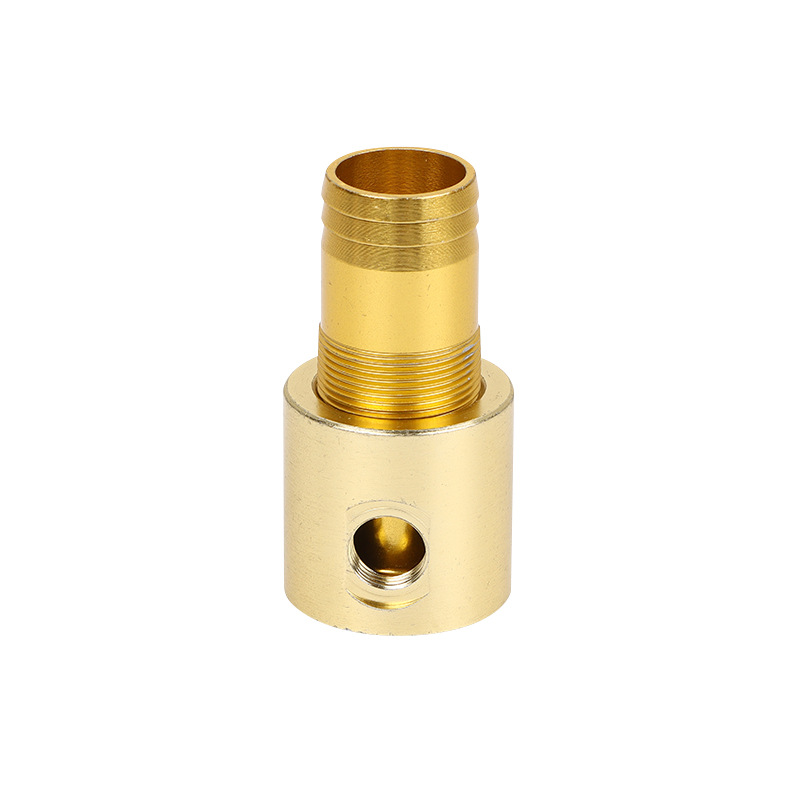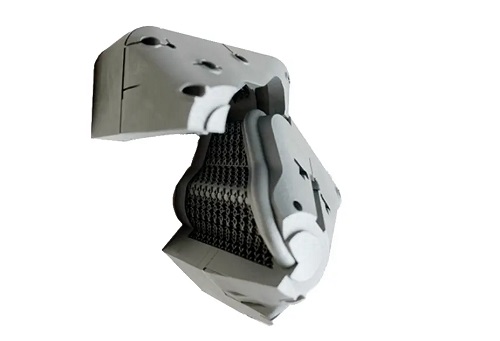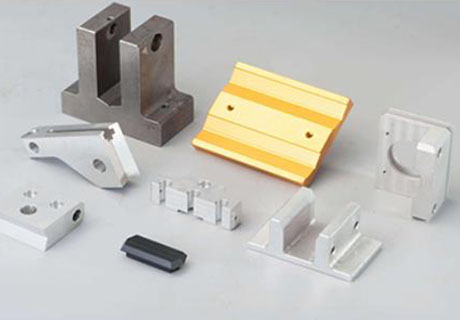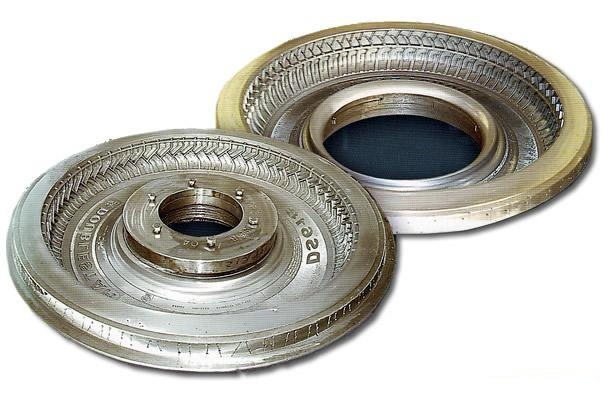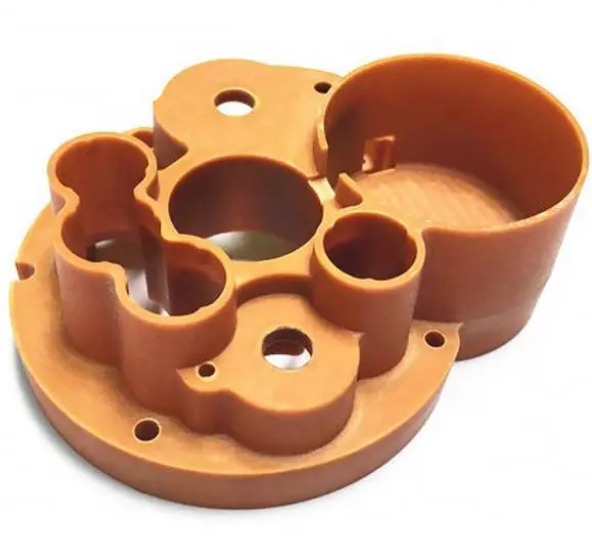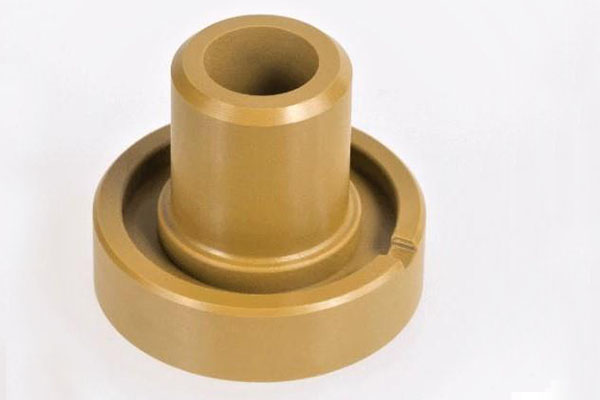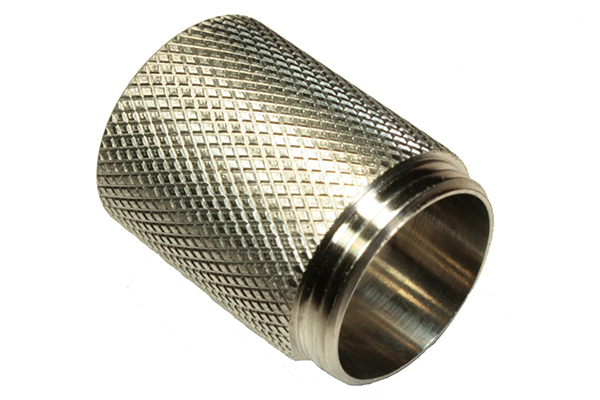Manufacturers and engineers know the frustration of metal parts rusting prematurely. A steel fastener in a car chassis might corrode within months, a construction bolt could weaken from oxidation in a year, or electrical components might fail due to rust—all leading to expensive replacements, safety risks, and downtime. What’s needed is a budget-friendly solution that delivers reliable corrosion protection across diverse environments. This is where surface treatment zinc plating stands out. By depositing a layer of zinc onto metal substrates, zinc plating creates a robust barrier against rust, offering sacrificial protection that extends part life dramatically. In this guide, we’ll explore how zinc plating solves corrosion challenges, its key types, processes, and how to leverage it for durable, cost-effective results.
Introduction to Zinc Plating
Zinc plating is a widely used surface treatment that deposits zinc onto metal substrates to protect against corrosion, combining affordability with reliable performance:
- Definition: Zinc plating is an electrochemical or chemical process that applies a thin layer of zinc to a metal surface (typically steel or iron). The zinc acts as a barrier and provides sacrificial protection—corroding preferentially to protect the underlying metal from rust.
- Historical background: Zinc plating traces its roots to the 19th century, with early methods using hot-dip galvanizing for large steel parts. By the 20th century, electrolytic zinc plating emerged, enabling precise, thin coatings for smaller components like fasteners and electronics.
- Basic principles: In electrolytic zinc plating, a steel substrate (cathode) and zinc anode are immersed in a zinc-containing electrolyte. When an electric current flows, zinc ions migrate to the cathode, depositing as metallic zinc. This creates a bonded layer that acts as both a physical barrier and a galvanic protector.
- Industrial significance: Zinc plating is used in over 60% of steel components requiring corrosion resistance, from automotive fasteners to construction hardware. It’s 30-50% cheaper than nickel or chrome plating while extending part life by 5-10x in humid or outdoor environments.
- Environmental considerations: Modern zinc plating uses chloride or sulfate electrolytes, with recycling systems to recover zinc from wastewater. Compliance with regulations like the EU’s RoHS ensures minimal environmental impact, with waste treated to reduce zinc levels below 2 mg/L before discharge.
Types of Zinc Plating
Zinc plating offers diverse methods to suit different part sizes, geometries, and performance needs:
- Electrolytic zinc plating: The most common type, using an electric current to deposit 5-25 μm zinc layers. It’s ideal for small to medium parts like bolts, nuts, and electrical connectors, offering precise thickness control and uniform coverage.
- Hot-dip galvanizing: Submerges steel parts in molten zinc (450°C), creating a thick (50-150 μm) zinc-iron alloy layer. Used for large components like structural beams and pipe fittings, it provides robust protection in harsh outdoor environments.
- Mechanical plating: Tumbles parts with zinc powder, glass beads, and chemicals, bonding zinc particles to the surface via mechanical energy. Suitable for delicate parts (e.g., threaded fasteners) that can’t withstand high heat or electricity.
- Zinc-nickel alloy plating: Deposits a 10-15% nickel-zinc alloy, offering superior corrosion resistance (2-3x better than pure zinc). Used in automotive and aerospace applications, it withstands 1000+ hours of salt spray testing (ASTM B117).
- Electroless zinc plating: Uses chemical reactions (no electricity) to deposit zinc, ensuring uniform coverage on complex shapes with recesses or blind holes. Less common than electrolytic methods but valuable for intricate components.
- Diffusion plating: Heats zinc-coated parts to bond zinc with the substrate, forming a zinc-iron alloy layer. This enhances adhesion and wear resistance, making it suitable for high-stress components like gears.
Properties of Zinc-Plated Surfaces
The properties of zinc-plated surfaces make the process a go-to for corrosion protection:
- Corrosion resistance: Zinc forms a protective oxide layer (ZnO) that blocks moisture and oxygen from reaching the substrate. Even if scratched, zinc’s sacrificial protection continues—zinc corrodes instead of the steel, a process known as galvanic protection.
- Sacrificial protection: Zinc has a more negative electrochemical potential than steel, so in the presence of moisture, zinc acts as an anode and steel as a cathode. This means zinc corrodes first, preserving the underlying metal.
- Aesthetic appeal: Zinc plating can be bright (mirror-like) or matte, with post-treatments like chromating adding color (clear, yellow, or black). Bright zinc enhances the appearance of consumer goods and automotive trim.
- Dimensional accuracy: Electrolytic zinc plating controls thickness to ±10%, with typical layers of 5-25 μm—thin enough to avoid affecting part fit in assemblies (e.g., threaded fasteners).
- Adhesion: Proper pre-treatment (cleaning, acid etching) ensures zinc bonds strongly to steel, with adhesion strengths of 10-30 MPa. Tests like the bend test (ASTM B571) confirm no flaking or peeling.
- Chemical resistance: Zinc resists mild acids, alkalis, and atmospheric pollutants, making plated parts suitable for urban, industrial, and rural environments. Post-treatments like passivation enhance resistance to salts and chemicals.
Applications of Zinc Plating
Zinc plating solves corrosion challenges across industries:
- Automotive industry: Over 80% of automotive fasteners (bolts, nuts, clips) use zinc plating to resist road salts and moisture. Zinc-nickel alloy plating protects brake components and undercarriage parts, withstanding 1000+ hours of salt spray.
- Construction: Structural steel, roofing bolts, and fence hardware rely on hot-dip galvanizing for outdoor durability. Zinc-plated rebar prevents corrosion in concrete, extending building lifespan.
- Electrical components: Connectors, terminals, and switchgear use zinc plating to ensure conductivity and resist corrosion. The thin, uniform coating avoids interfering with electrical contact.
- Consumer goods: Appliances (refrigerators, washing machines), furniture hardware, and tools use zinc plating for both protection and appearance. Clear chromated zinc maintains a bright finish in indoor environments.
- Marine industry: Zinc-plated parts (e.g., boat hinges, dock hardware) resist saltwater corrosion, though zinc-nickel alloys are preferred for long-term exposure.
- Aerospace: Zinc-nickel plating protects aircraft fasteners and brackets from corrosion at high altitudes, meeting strict industry standards for weight and performance.
Zinc Plating Process and Equipment
The zinc plating process requires careful control to ensure consistent corrosion protection:
- Pre-treatment processes: Critical for adhesion, steps include degreasing (to remove oils), acid pickling (to remove rust and scale), and activation (e.g., with sulfuric acid). This ensures a clean surface for zinc to bond.
- Electrolyte solutions: Electrolytic zinc uses chloride (fast plating) or sulfate (bright finish) solutions. Zinc-nickel plating uses electrolytes with zinc and nickel salts, with additives to control alloy composition.
- Plating tanks: Made of PVC or polypropylene (resistant to zinc electrolytes), tanks range from small barrels (for fasteners) to large vats (for automotive parts). Heating systems maintain temperatures at 20-50°C.
- Anodes: Electrolytic zinc uses high-purity zinc anodes (99.9% Zn) to replenish zinc ions in the electrolyte. Inert anodes (e.g., titanium) are used for zinc-nickel alloy plating.
- Power supplies: DC rectifiers deliver current densities of 1-10 A/dm², with higher densities for faster plating. Precise control ensures uniform thickness across parts.
- Agitation systems: Air sparging or mechanical stirring keeps the electrolyte mixed, preventing concentration gradients. This is critical for barrel plating of small parts like screws.
- Post-treatment processes: Parts are rinsed to remove excess electrolyte, then passivated (e.g., with chromic acid or trivalent chromium) to enhance corrosion resistance. Drying at 60-80°C prevents water spots.
Maintenance and Quality Control in Zinc Plating
Proper maintenance and quality control ensure zinc plating delivers reliable corrosion protection:
- Equipment maintenance: Anodes are inspected weekly for corrosion, and tanks are cleaned monthly to remove sludge. Barrel plating equipment requires regular checks for proper rotation to ensure uniform coating.
- Solution maintenance: Electrolyte concentration (zinc ions, pH) is tested daily. Additives (e.g., brighteners) are replenished to maintain coating quality and plating rate.
- Surface inspection: Visual checks identify defects like pits, uneven coverage, or discoloration. Microscopic examination (50x) detects porosity, which can reduce corrosion resistance.
- Thickness measurement: X-ray fluorescence (XRF) or magnetic gauges measure coating thickness. Automotive fasteners typically require 8-12 μm, while hot-dip galvanizing for construction needs 50-100 μm.
- Adhesion testing: The cross-cut test (ASTM D3359) or impact test ensures zinc bonds well to the substrate—no flaking indicates good adhesion, critical for long-term performance.
- Environmental compliance: Wastewater is treated with chemicals to precipitate zinc, which is then recycled. Spent electrolytes are processed to recover zinc, reducing waste and costs.
- Safety protocols: Workers use gloves and goggles to avoid contact with zinc salts, which can cause skin irritation. Ventilation systems remove fumes from acid pickling and plating baths.
Yigu Technology’s Perspective
As a leading custom manufacturing supplier in China, Yigu Technology offers electrolytic zinc plating and zinc-nickel alloy plating for diverse clients. Our zinc-nickel coatings achieve 1000+ hours of salt spray resistance, ideal for automotive and marine parts. For standard fasteners, our electrolytic zinc with trivalent chromate passivation balances cost and performance, meeting ISO 9227 standards. We use XRF for thickness control (±5%) and regular salt spray testing to ensure quality. Our closed-loop systems recycle zinc, aligning with environmental regulations. Zinc plating’s affordability and reliability make it a staple for corrosion protection, and we tailor processes to each client’s needs—from small fasteners to large structural parts.
FAQs
- How long does zinc plating last?
Lifespan depends on environment: indoor parts last 10+ years; outdoor zinc-plated fasteners last 5-8 years; zinc-nickel alloy in marine environments lasts 8-12 years. Hot-dip galvanizing can protect structural steel for 20+ years.
Zinc plating works on aluminum with a zincate pre-treatment to improve adhesion. On copper, it’s possible but less common—copper often uses nickel plating instead, as zinc can cause galvanic corrosion with copper in some environments.
- Is zinc plating environmentally friendly?
Modern zinc plating uses trivalent chromium passivation (replacing toxic hexavalent chromium) and recycling systems to recover zinc from wastewater. This meets global standards like REACH and RoHS, making it an eco-friendly choice.
